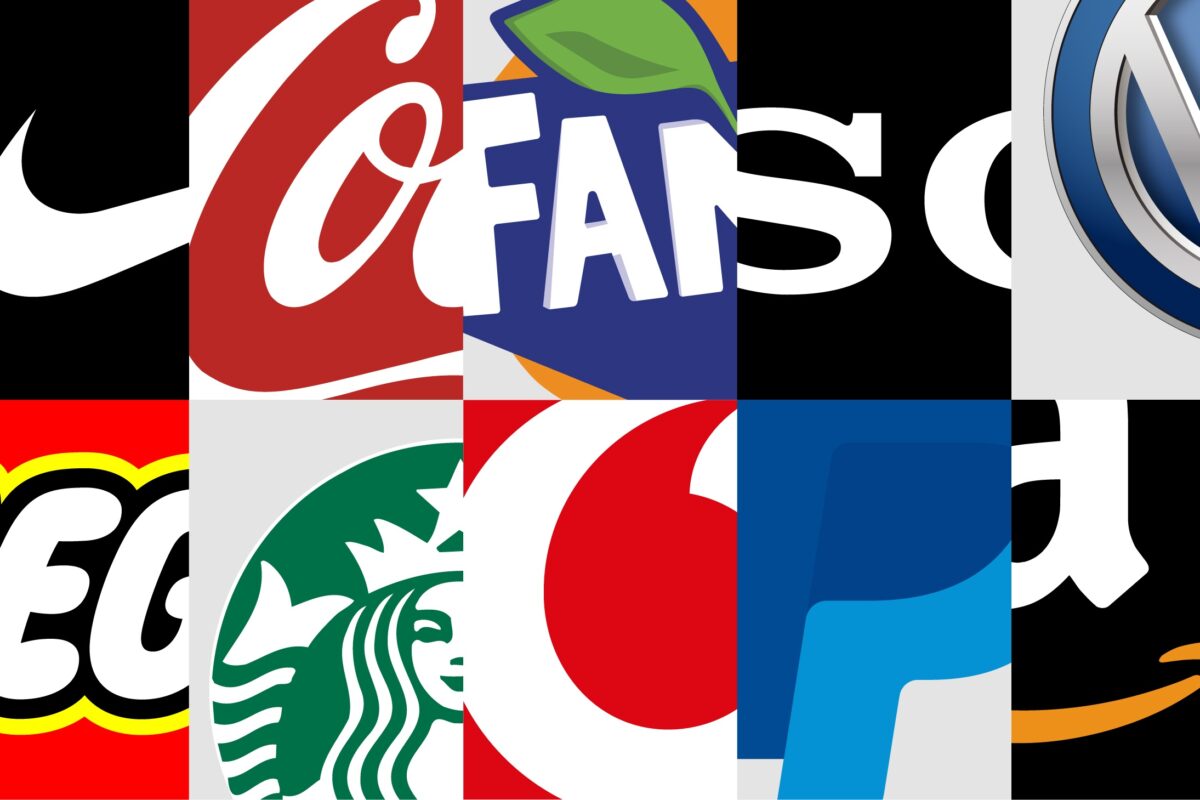An acronym is a pronounceable word formed from the initial letters of a name (WAC, for Women’s Army Corps), or formed by combining the first parts of a series of words (RADAR, from Radio Detecting and Ranging).
As these examples suggest, once an acronym becomes embedded in the language, most people forget — or never bother to learn — the underlying words. Just ask someone what “laser” actually stands for. (Ready? It’s “Light Amplification by Stimulated Emission of Radiation.”)
Naming a product or service with an acronym is like an Olympic diving competition. The best efforts carry a high degree of difficulty. First of all, to make the name pronounceable, you need some well-placed vowels. Examples: QANTAS, from Queensland and Northern Territories Air Service. NATO, North Atlantic Treaty Organization. INTERPOL, International Police Organization. GEICO, Government Employees Insurance Company. NABISCO, National Biscuit Company. (The “Co.” abbreviation is easy to pronounce and combine, which accounts for its frequent role in acronyms). Without vowels, you just get an impenetrable jumble of letters. (MSDW for Morgan Stanley, Dean Witter).
Best of all, you’d like the word formed by the letters to have a strong meaning and an immediate relationship to the brand. That’s a home run in acronyms. Examples: VISTA (Volunteers In Service to America), MADD (Mothers Against Drunk Drivers), PLAY (Participate in the Lives of America’s Youth).
Merge two organizations, and you can create collisions of initials that resemble car wrecks. But sometimes, you can hit that home run. Our favorite example was the merger of two big labor unions, the International Ladies Garment Workers Union and the Amalgamated Clothing and Textile Workers Union. The result could have been the mother of all jumbles: The ILGWACTWU.
But cooler heads prevailed. Their merged identity carries the dandy acronym UNITE: Union of Needletrades, Industrial and Textile Employees.
The Blake Project Can Help: The Brand Positioning Workshop
Branding Strategy Insider is a service of The Blake Project: A strategic brand consultancy specializing in Brand Research, Brand Strategy, Brand Licensing and Brand Education





5 comments
Paul L'Acosta
November 15, 2009 at 5:27 pm
Excellent info here Steve, starting with teaching me the true meaning of the words GEICO. People definitely need to pay attention to how they choose their name, make it sassy but not incomprehensible. Catchy without the complication. –Paul
B. Lord
November 18, 2009 at 4:50 pm
I actually never even thought about the fact that I don’t know what the acronyms stand for if the brand name has become part of the language — but yes, every example you gave I was familiar with but did not know what the acronym stood for, UNLESS it has an immediate relationship to the brand as in MADD. Something to keep in mind for sure when naming a business.
Thank you for making me consider something obvious that had never occurred to me before.
twitter.com/1day1brand
November 23, 2009 at 10:35 am
Aren’t acronyms also non-words like IBM? or FTD? And aren’t they by their very nature more difficult to protect?
tjongolongo
November 23, 2009 at 12:58 pm
Nice article! I personally am not a big fan of acronyms, whether it’s for a company or for a business unit. There are a few times that an acronym can work, but most of the time people just forget what the acronym is for! It’s like you said, if you’re going for an acronym than it should have a strong meaning and an immediate relationship to the brand. That’s when it’ll work.
Carolyn
November 25, 2009 at 4:51 am
As long as it’s not “i” prefixed, there’s nothing i-nnovative with i-prefixed brand names anymore. Why do brands still do it?
Comments are closed.